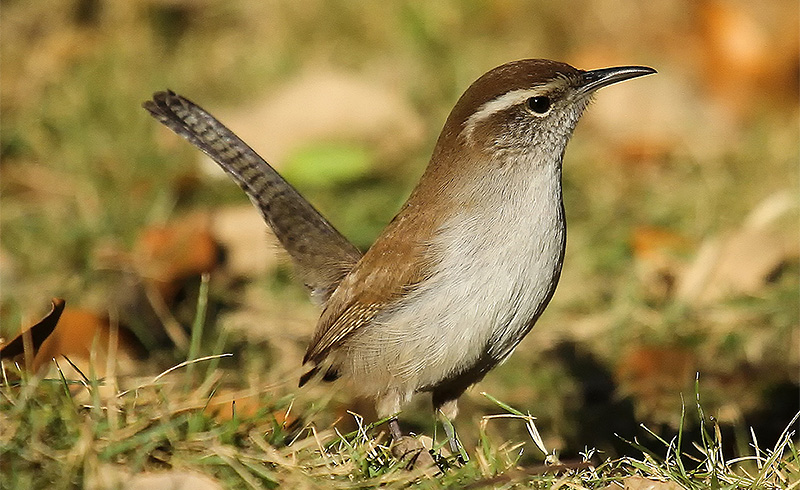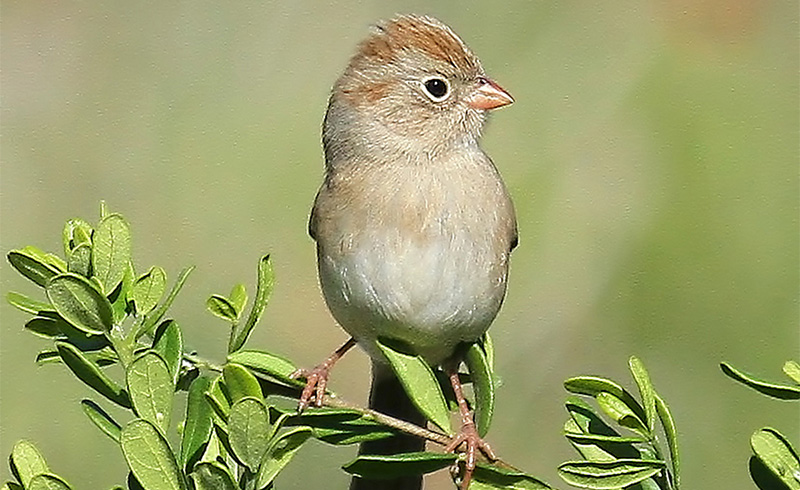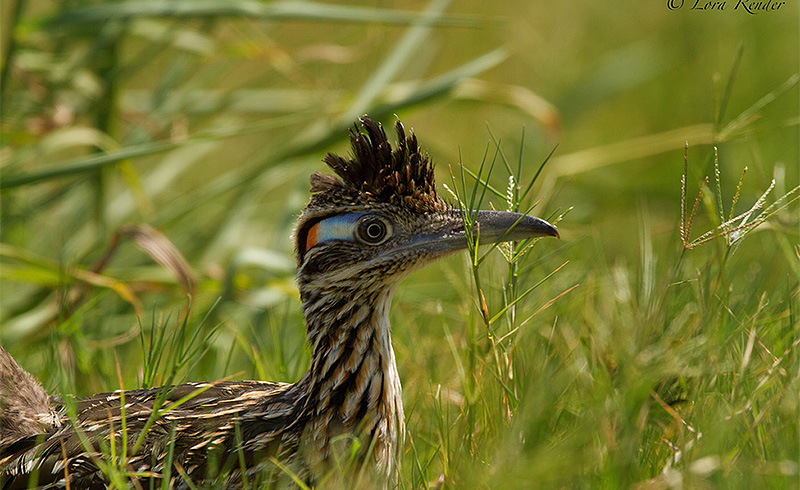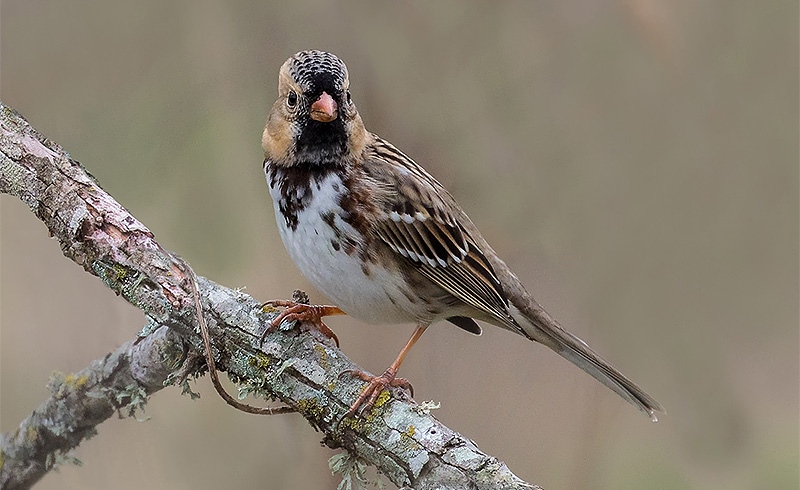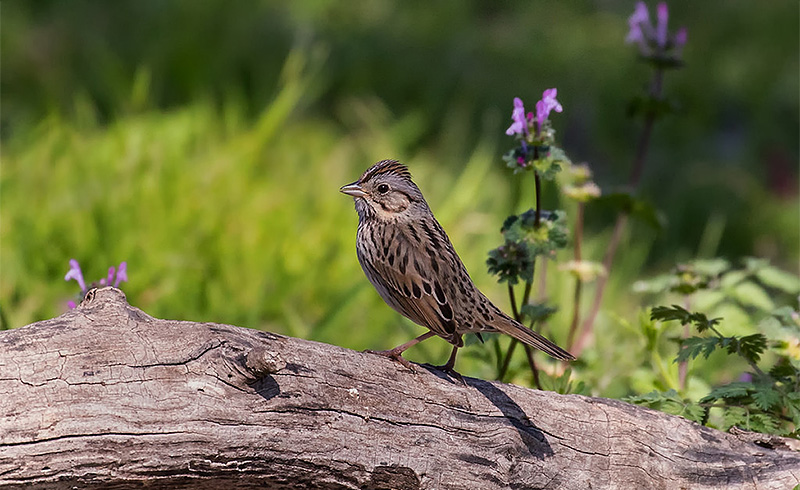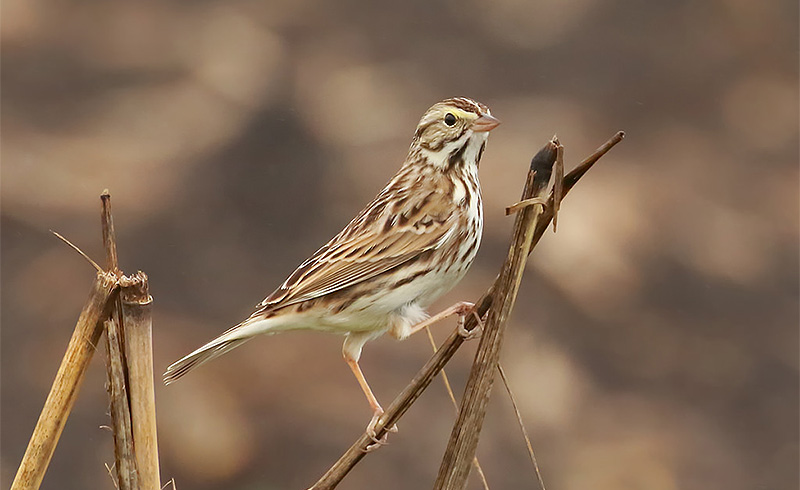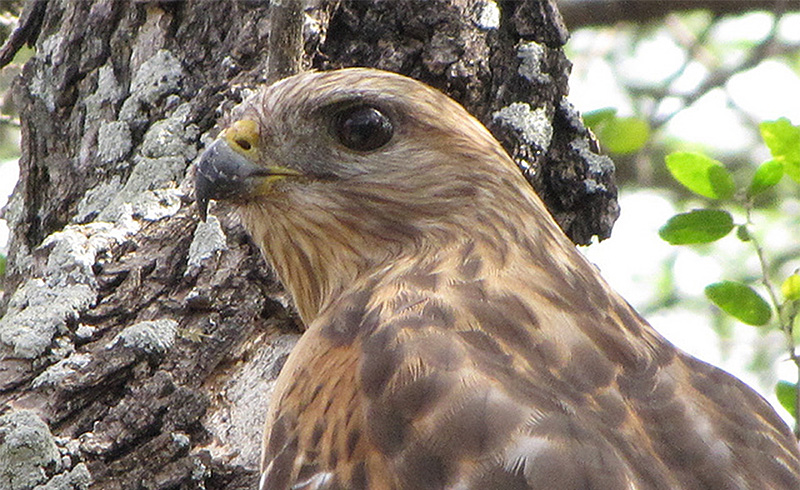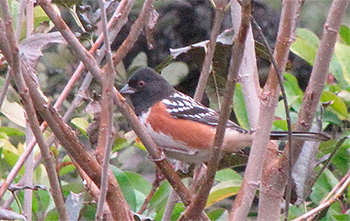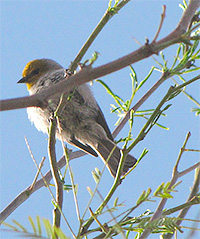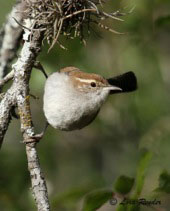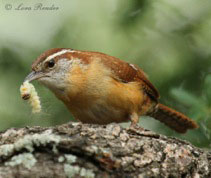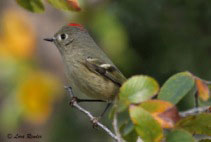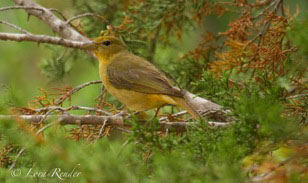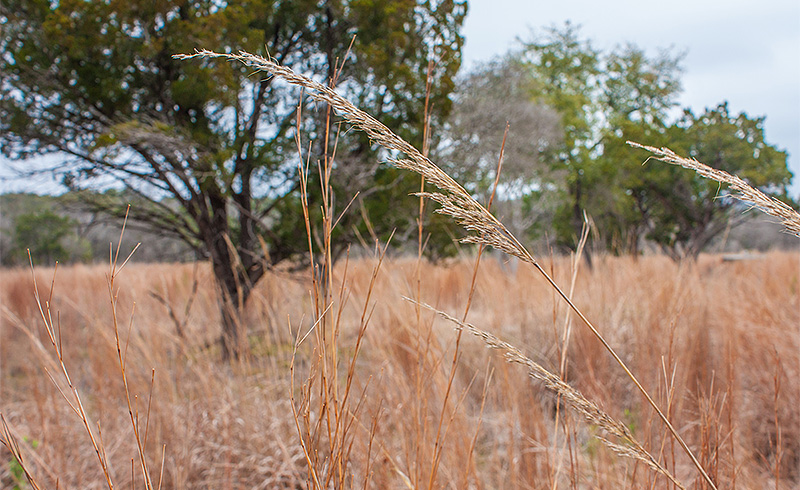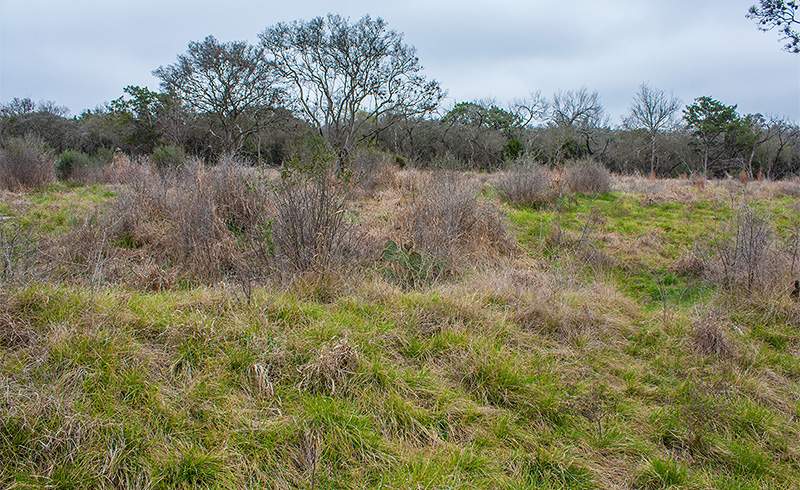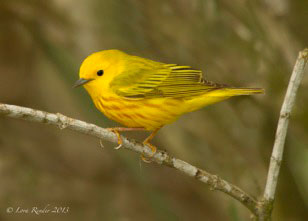Savannah Sparrow, Lora Render
During the winter, several species of sparrows (Family: Emberizidae) can be found in San Antonio after arriving from their summer breeding grounds in other parts of North America. These are considered “native American sparrows,” in contrast to House Sparrows, which are known as Old World Sparrows (Family: Passeridae), introduced to the U.S. from Europe.
The Birds of Bexar County Seasonal Field Checklist has 31 species of native sparrows in the Emberizidae family. Of those, nine species are listed as being “common” in Bexar County in the winter.
Once a month, several members of the San Antonio Audubon Society perform a Hardberger Park Bird Survey led by Georgina Schwartz. The group alternates between the Blanco Road (East) and NW Military Highway (West) sides of the park. The survey began in 2008 before the park opened. To date, 112 species have been recorded in Hardberger Park West. Curiously, several of the most recently seen species there were members of the Emberizidae family—Spotted Towhee, Song Sparrow, and Harris’s Sparrow.
Why has it taken eight years for these species to be found in the park? Most likely, it is because the food and habitat they need are now available. These species mostly eat seeds in the winter. They usually like brushy, dry habitats or open, grassy areas.
Since 2009, 13 acres of native grasses have been planted near the beginning of the Oak Loop Trail to restore the land from dairy farm to savanna. Wendy Leonard, Park Naturalist, said that the grasses planted and seeded include Big Bluestem, Little Bluestem, Eastern Gama Grass, Indiangrass, Sideoats Grama, Upland Switchgrass and Inland Sea Oats. “Cupgrass, which the birds love, was around in the park before the restoration and likely was in the soil, but we also seeded that as well,” she said.
“Our goal was not only to promote native grasses and plants but also to promote the native wildlife that would use this ecosystem as their habitat.” ~Wendy Leonard
During the February 2016 bird survey, the Audubon group was surprised and excited to find several sparrow species in the savanna area. “We’ve always expected the sparrows to be there, but this is the first time we found evidence,” said Alan Kuentz, a member of the survey team. Because the native grasses were not mowed this winter, they were able to to mature and develop seedheads, providing food for the sparrows.
Following is a list of the sparrows and other bird species recently seen in or near the savanna.
Bewick’s Wren: Small, active, grayish brown bird with upright tail and white eyebrow. 5.25” long. Has white spots in corners of tail. Melodic, buzzy, trilling song.
Field Sparrow: Pink bill and pink feet, 5.75” long. White eye ring and rufous and gray head. Usually found in flocks.
Greater Roadrunner: Favors arid, brushy areas. A member of the Cuckoo family. Hunts lizards, insects, rodents, small birds.
Harris’s Sparrow: Adults have black throat, pink bill, bright white front, 7.5” long.
Lincoln’s Sparrow: Buff-colored, streaked chest; face and crown are brown; head feathers are raised in a crest; 5.5” long.
Red-shouldered Hawk: Reddish bars across chest; black and white bands on wings and tail; crescent-shaped “window” patches toward wing ends; very vocal.
Savannah Sparrow: Streaked chest, 5.5” long, white stripe in center of crown, may have yellow in front of eye.
Song Sparrow: Broad streaks on body, 6.25” long, reddish brown tail and wings.
Spotted Towhee: Member of sparrow family. Dark head and back, rust-colored and white below. 8” long. Scratches ground with feet looking for insects and seeds.
Verdin: Found in arid brushland. Eats insects. Light gray body with yellow face; 4.5” long. Call is loud “tick.”
Not all of the bird photos were taken in the park.
Photos by Lora Render, Lora Reynolds and Michael Shaw.



